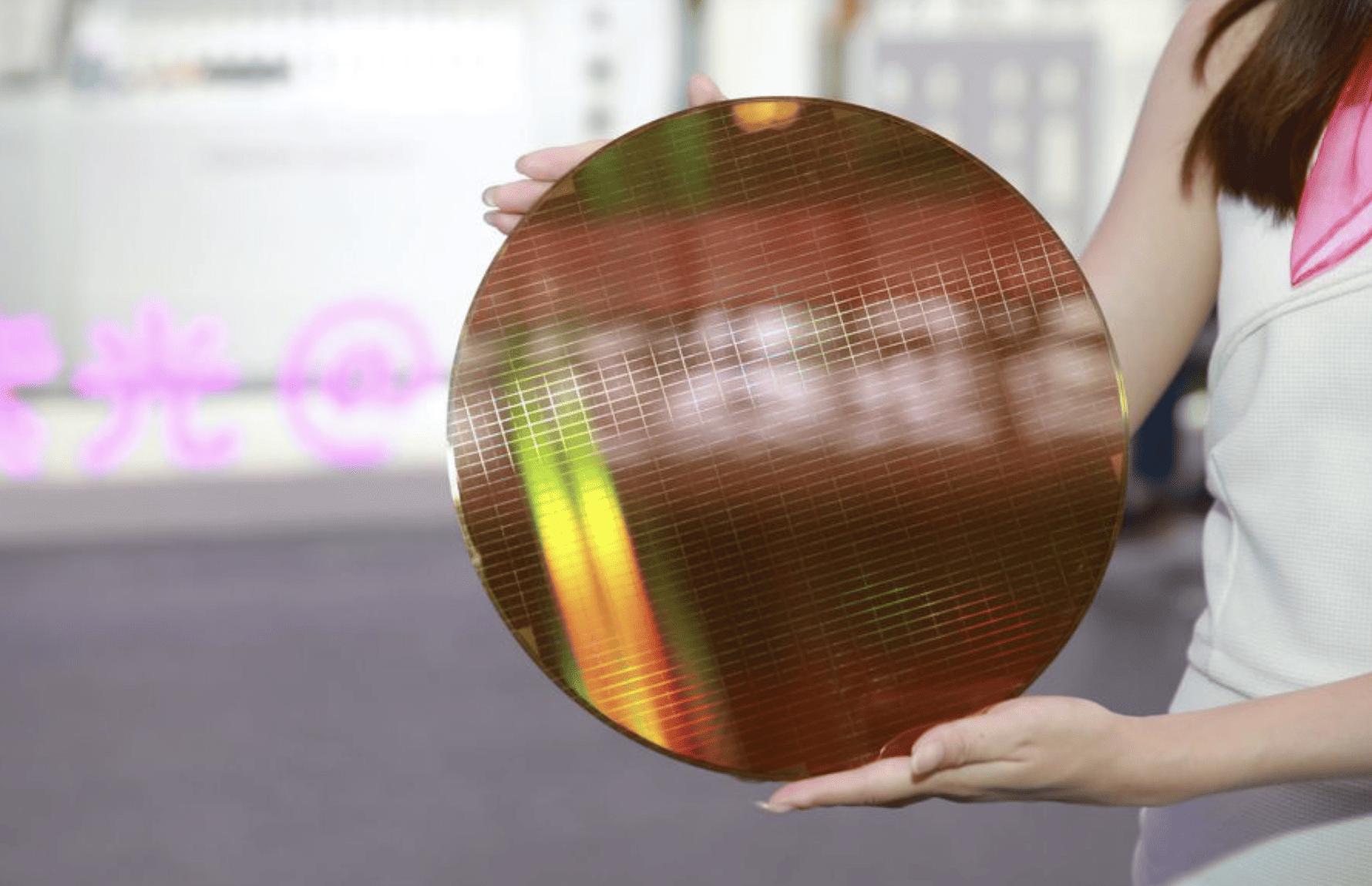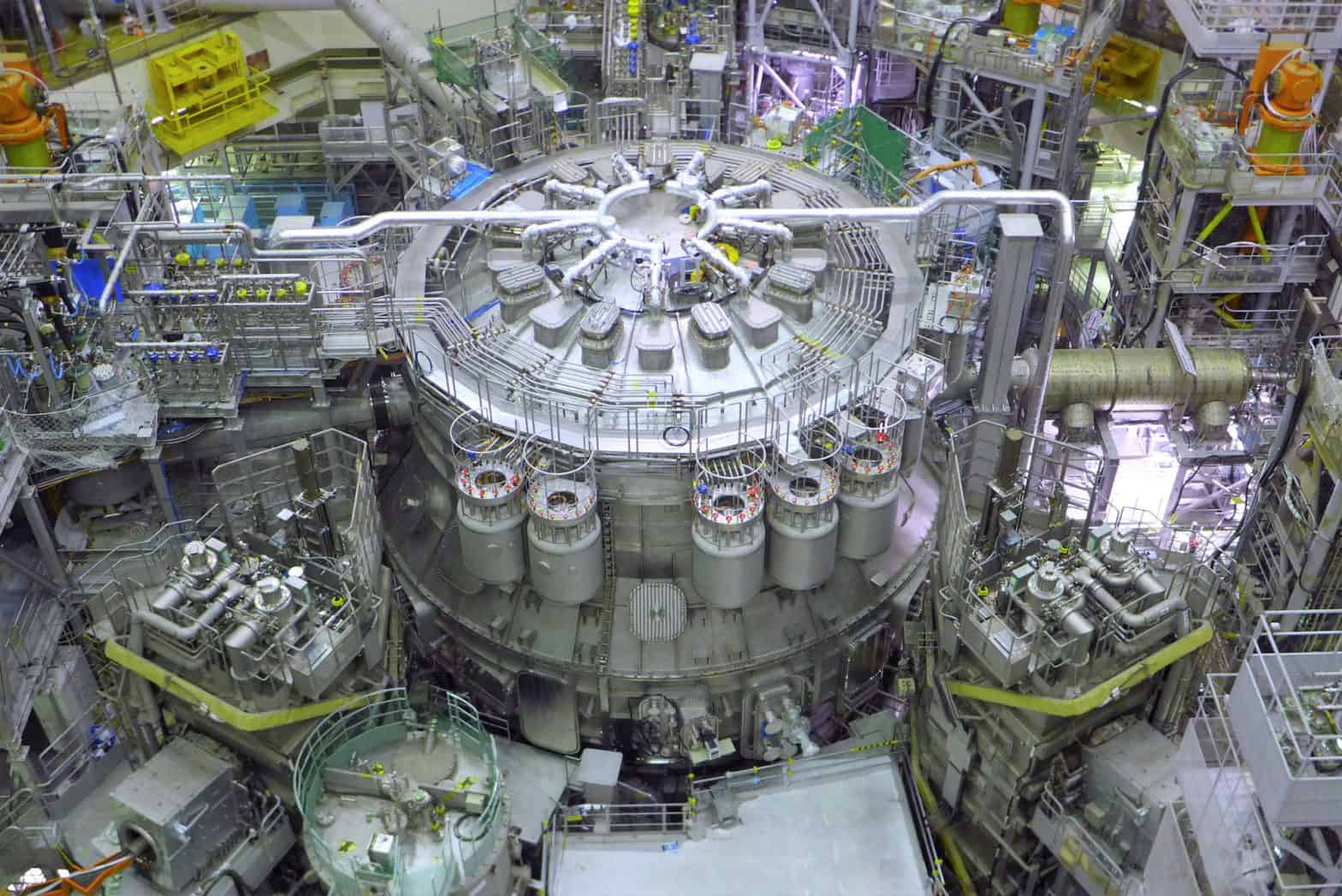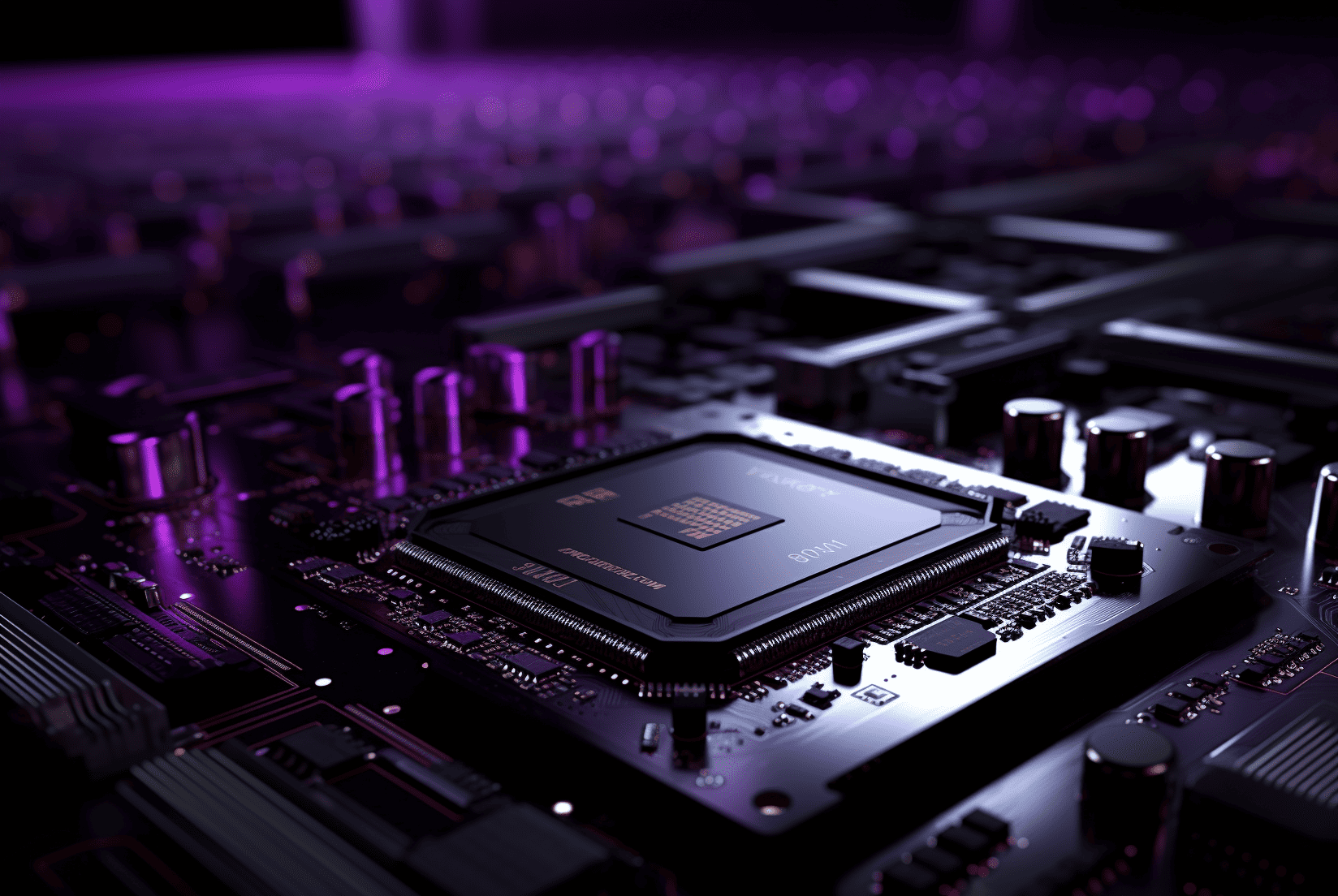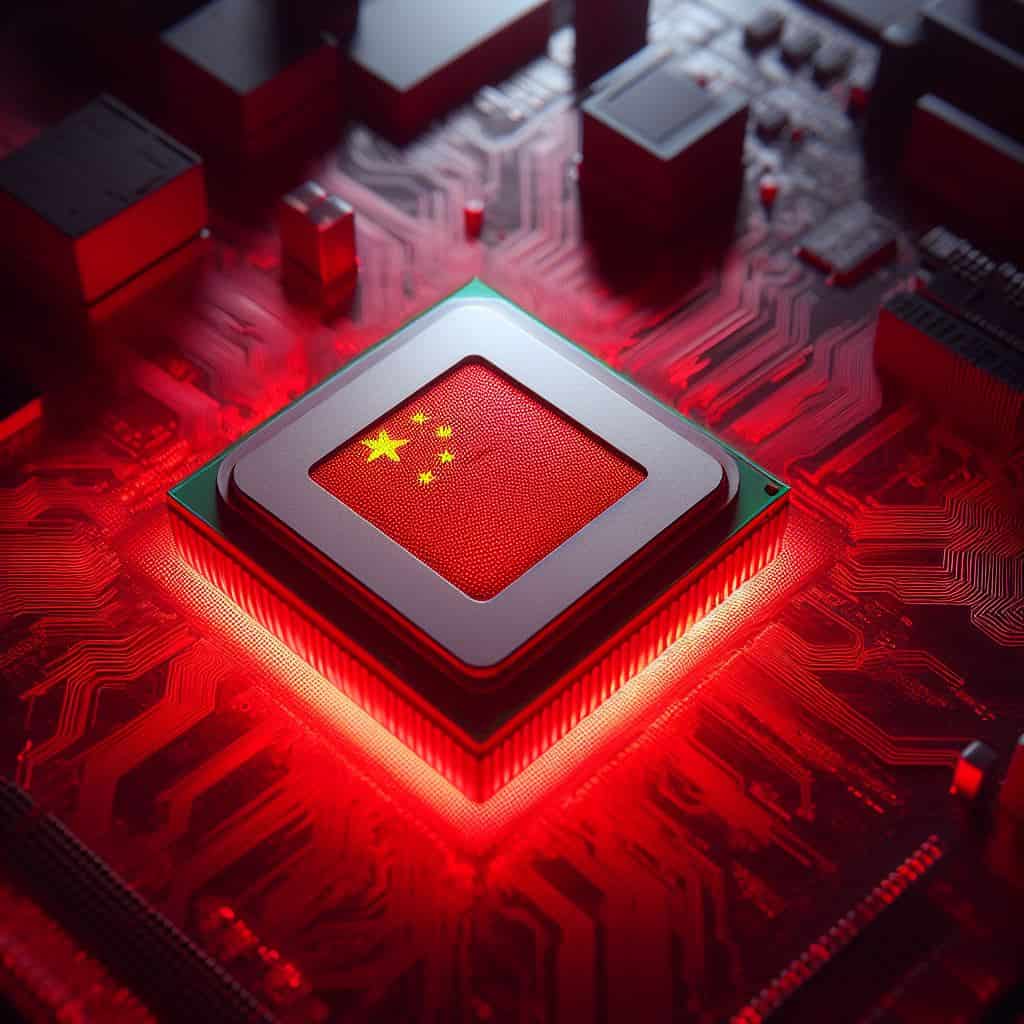
Despite US sanctions, China’s tech industry is pushing for self-sufficiency. Huawei’s new Mate 60 Pro sports a domestically-made 7nm processor, demonstrating China’s defiance against export controls. Meanwhile, Xiaomi launches its own operating system, HyperOS, stepping away from Google’s Android. Huawei, pushed by sanctions, already developed HarmonyOS. China’s semiconductor equipment localization rate has surged to over 40%, threatening to disrupt the global balance of power in the tech industry.
Another Chinese OS emerging
As Huawei distances itself from Google’s Android, Xiaomi follows suit, launching its own operating system. HyperOS, a fusion of Xiaomi’s IoT platform, Vela, and a customised version of Android, is set to streamline and centralise the management of Xiaomi’s product portfolio. It will come pre-installed on the latest Xiaomi 14 smartphone series and other devices in the Chinese market.
Meanwhile, Huawei’s HarmonyOS, launched in 2019 after the tech giant was added to the US Entity List, is also forging its own path. Initially, HarmonyOS allowed Android apps to run on its devices, but now Huawei plans to expand HarmonyOS’s usage to all its IoT and personal devices. Despite having a negligible share of the global mobile OS market, compared to Android’s 70%, HarmonyOS runs on over 700 million devices, according to Huawei’s consumer business CEO, Richard Yu Chengdong.
Huawei’s Mate 60 Pro: A defiance against US sanctions
Huawei’s Mate 60 Pro, equipped with a 7nm processor and auxiliary chips made domestically, signals China’s resilience against US efforts to stall its growth in the semiconductor field. This launch underscores China’s pursuit of technological self-sustainability, posing a formidable challenge to the US in the semiconductor industry.

The Kirin 9000S system-on-chip (SoC) for the Mate 60 Pro is rumoured to be produced by China-based SMIC using its 2nd generation 7nm-class fabrication process and stacking. Despite the economic efficiency of SMIC’s 5nm-class technology likely being lower than market leaders like Intel, TSMC, and Samsung Foundry, the use of this technology in the Kirin 9000S marks a potential breakthrough for SMIC and/or Huawei’s HiSilicon.
China’s semiconductor self-sufficiency
China’s goal to achieve 70% chip self-sufficiency by 2025, although delayed, remains undeterred. The US Bureau of Industry and Security’s stricter export controls on technologies, including gallium oxide, diamond substrates, and software for integrated circuit design, have led to a decline in Huawei’s revenues. However, China’s largest chip manufacturer, SMIC, was still able to produce advanced chips for Huawei’s Mate 60 Pro smartphone, indicating China’s growing autonomy in the semiconductor sector.

China’s semiconductor equipment localization rate has surged to over 40% in just two years, with equipment for PVD and oxidation exceeding 50%. Companies like Advanced Micro-Fabrication Equipment Inc. China and Naura Technology have heavily invested in R&D, with ratios exceeding 10%. China’s move towards semiconductor localization could disrupt the global semiconductor industry and impact the balance of power, particularly in the China-U.S. rivalry over digital technology.
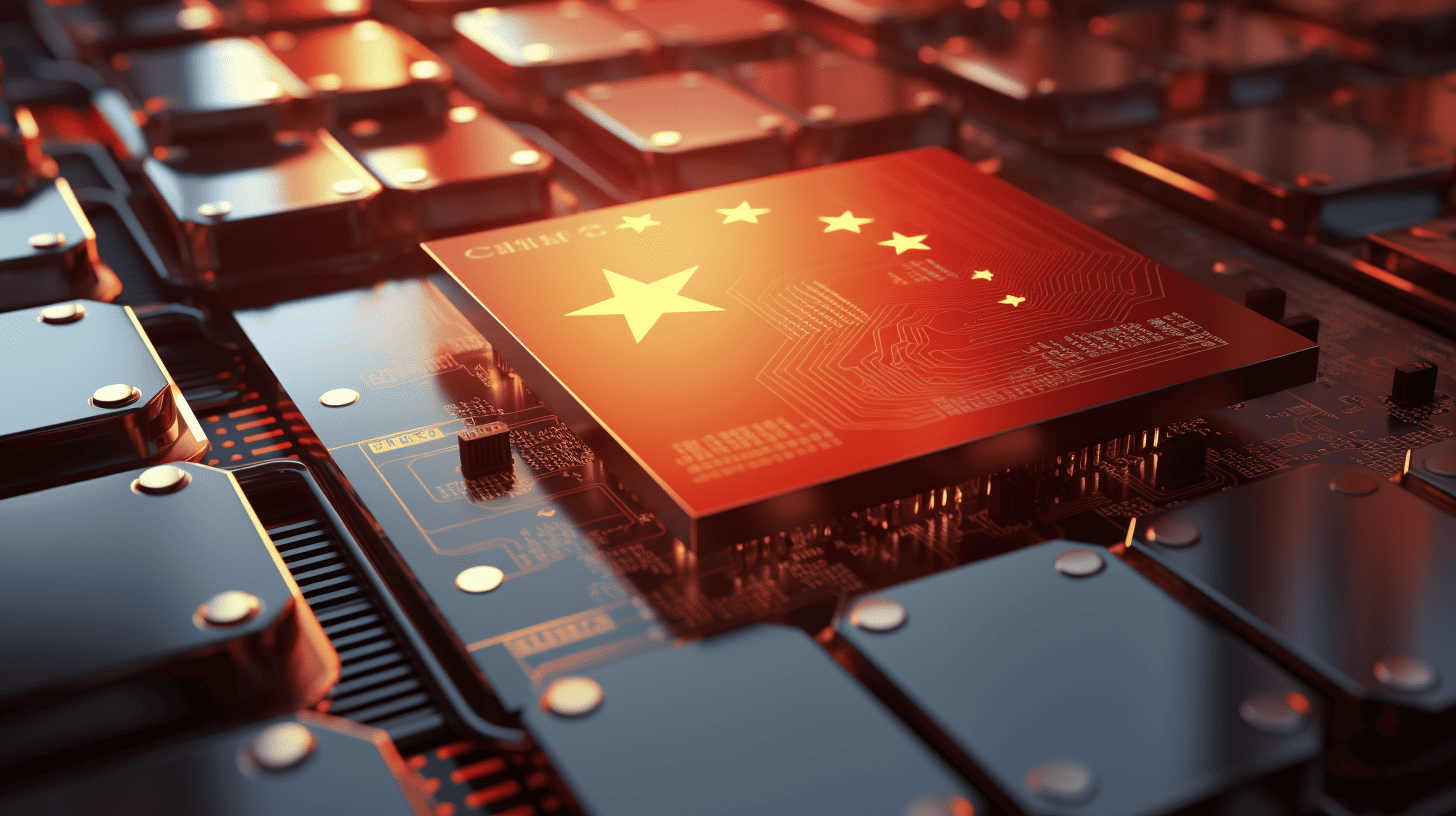
A new era of semiconductor industry
As China strives for chip self-sufficiency, it’s also exploring the production of its own high-bandwidth memory (HBM) chips for artificial intelligence processors. The demand for HBM chips is expected to increase by nearly 60% in 2023 alone, making ChangXin Memory Technologies (CXMT), China’s best prospect for producing HBM chips, crucial to reducing China’s dependence on foreign chip suppliers.

YMTC, another Chinese memory chip producer, has developed the world’s most advanced 3D NAND memory chip, despite being on the US Commerce Department’s blacklist. This chip, based on YMTC’s new ‘Xtacking 3.0’ architecture, marks a significant achievement in China’s goal to build its own semiconductor supply chain.
